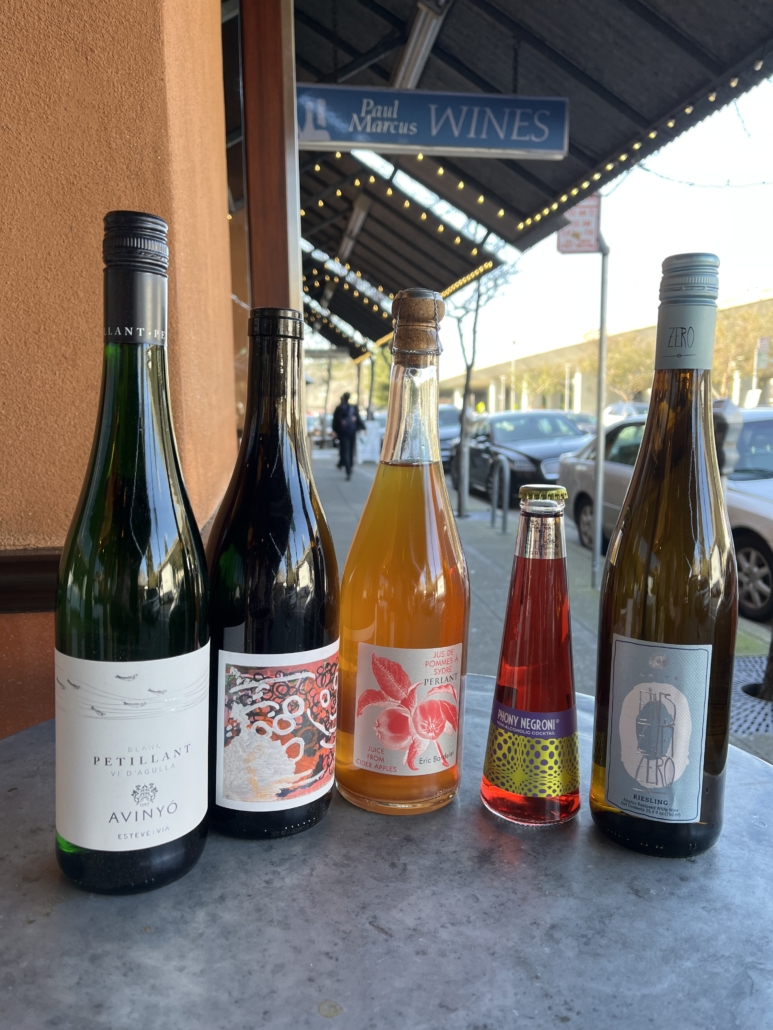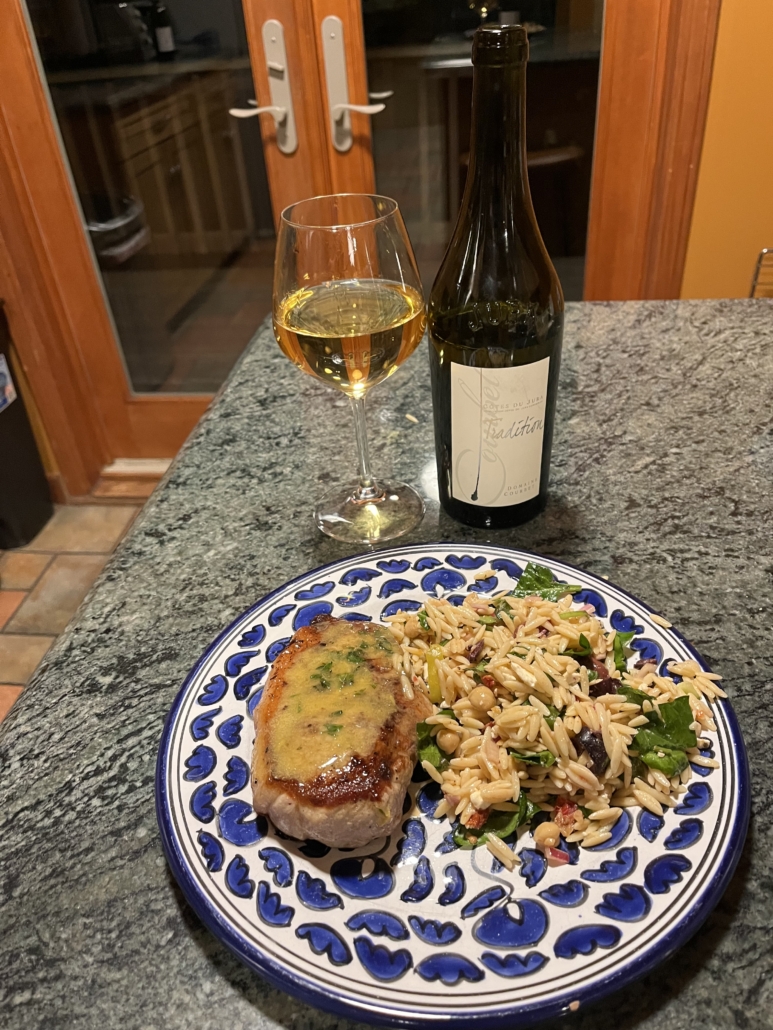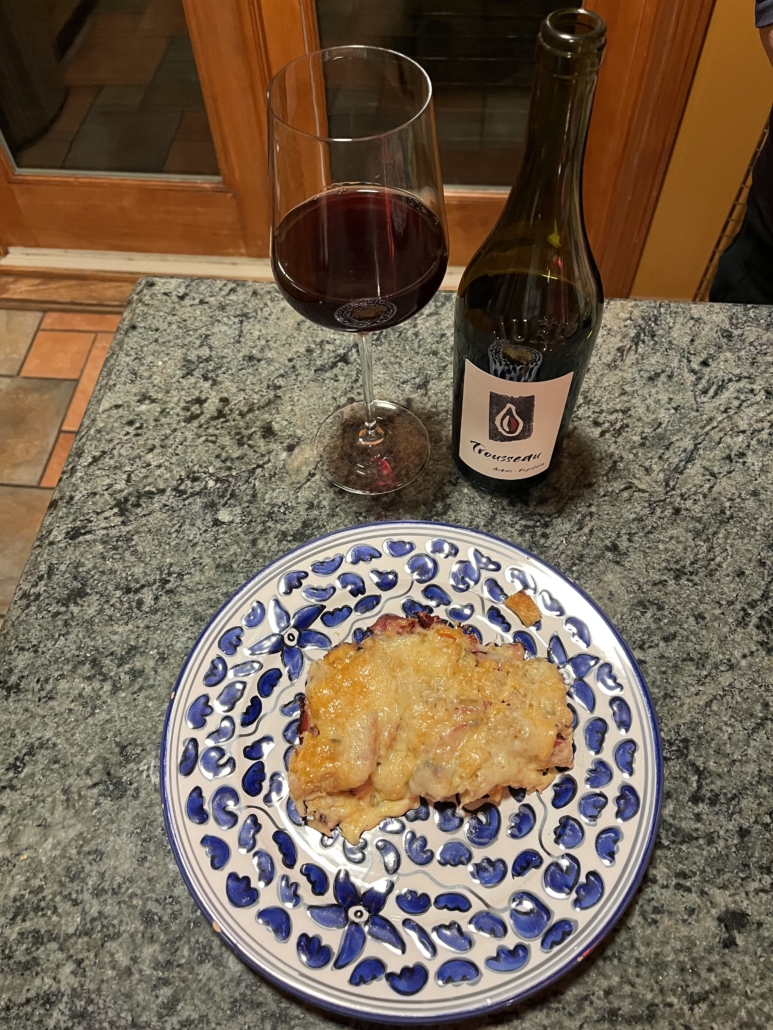“Dry January” is behind us, but many of you might decide you need to “cool off” at other times throughout the year. Whether you are taking a break from drinking altogether or simply trying to slow it down, we have got you covered. At Paul Marcus Wines, we have a generous selection of non-alcoholic and low-abv wines available.
What is non-alcoholic wine anyway? Dealcoholized wine is produced when the alcohol has been forcibly removed from the juice, either by reverse osmosis or vacuum distillation. The resulting juice concentrate is tweaked so that the flavors best mimic the tastes and textures of wines with alcohol. By U.S. standards, a wine must contain less than 0.5 percent alcohol by volume (abv) to be classified as alcohol-free. Some of my favorite non-alcoholic options at the shop include the Leitz Riesling (both sparkling and still), Eric Bordelet’s Jus de Pomme (sparkling apple juice), and the customer-beloved Phony Negroni.
 When it comes to wines with lower alcohol levels, it’s a matter of defining what “low” really means. At one time—particularly in the cooler areas of Europe—it was a challenge to reach 12.5 percent abv. This is why many wine-growing appellations have minimum alcohol requirements to qualify for appellation status—for example, Barolo and Rioja—as this used to be a method to guarantee a regional style and quality.
When it comes to wines with lower alcohol levels, it’s a matter of defining what “low” really means. At one time—particularly in the cooler areas of Europe—it was a challenge to reach 12.5 percent abv. This is why many wine-growing appellations have minimum alcohol requirements to qualify for appellation status—for example, Barolo and Rioja—as this used to be a method to guarantee a regional style and quality.
However, as heat waves continue to grip both Europe and California, we are seeing ever-riper grapes with almost every vintage. We now even see white wines reaching past 14.5 percent abv! Winemakers must learn how to regain balance and freshness for their wines, and this has led winemakers and growers to seek cooler zones and shady hillsides.
In other cases, many growers simply choose to harvest the grapes earlier—on average, at least a month earlier than what was once traditional. Of course, this technique isn’t without its complications. For one, picking early for lower potential alcohol might result in grapes that are lacking phenolic ripeness—meaning they might be devoid of the textures and flavors that make chardonnay taste like chardonnay. Alternatively, wines that have natural sweetness, such as some rieslings, Lambrusco, or Moscato, tend to be lower in alcohol because there is sugar from the grapes that has not been fermented, known as “residual sugar.” In these examples, bright acidity balances out the sweetness so that the wines are not cloying.
When making low-alcohol-wine recommendations, I often seek out options grown at high elevations or on the coast. Some of my favorite “mountain wines” are grown in cooler climate zones like those around Mont Blanc (Savoie, France) or the foothills of the Italian Alps (Alto Piemonte, Italy). Some coastal areas include Galicia (Spain), Liguria (Italy), and the Loire Valley (France).
A couple of my favorite low-abv wines in the store right now include: Avinyo 2023 Petillant (10.5 percent), which is refreshing and a little bubbly, and Jolie Laide 2023 Red (11.6 percent), which offers lightness and freshness while still pairing well with both warm winter vegetables and barbecued meats.
– Ailis Peplau

 The
The 